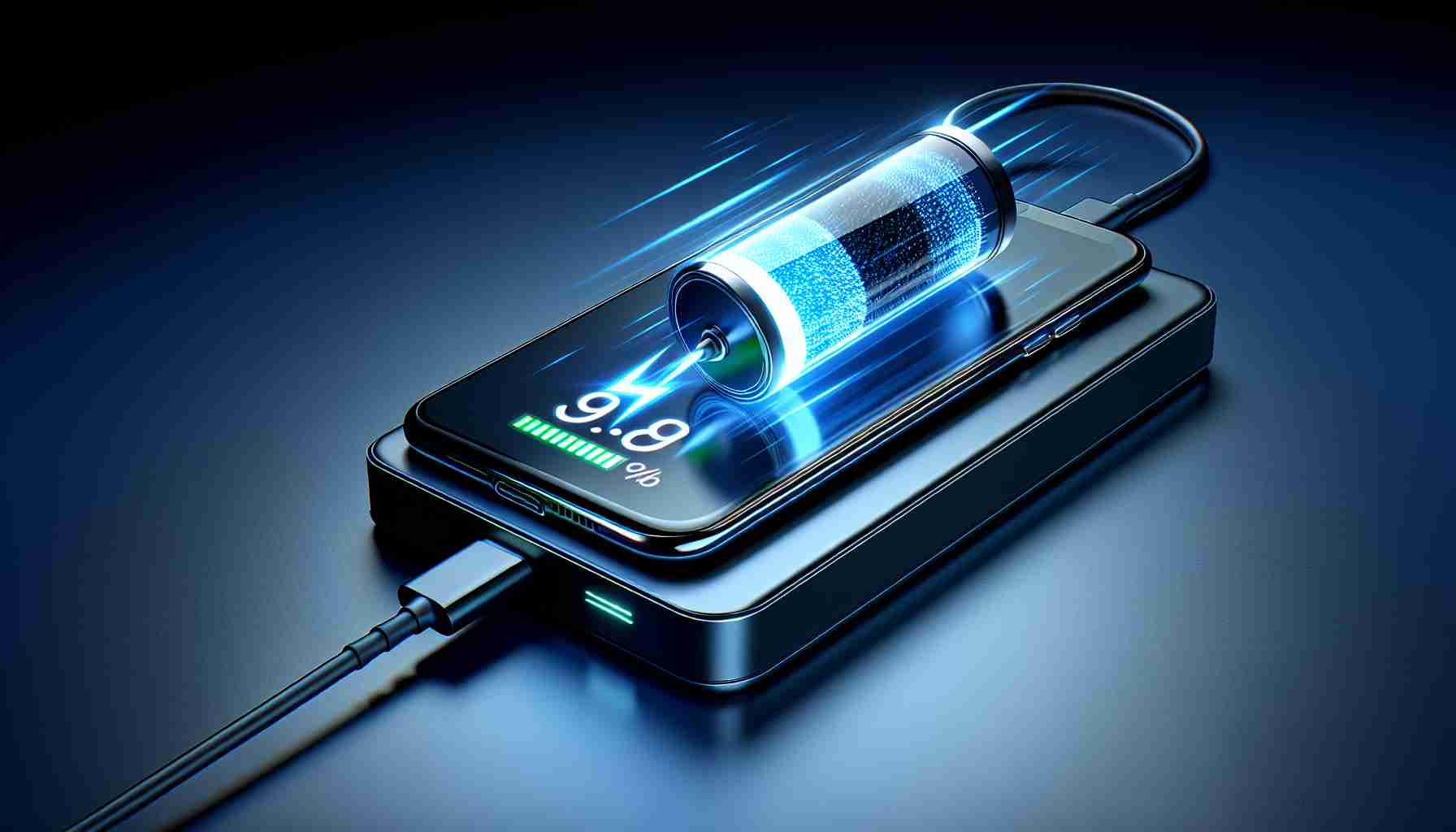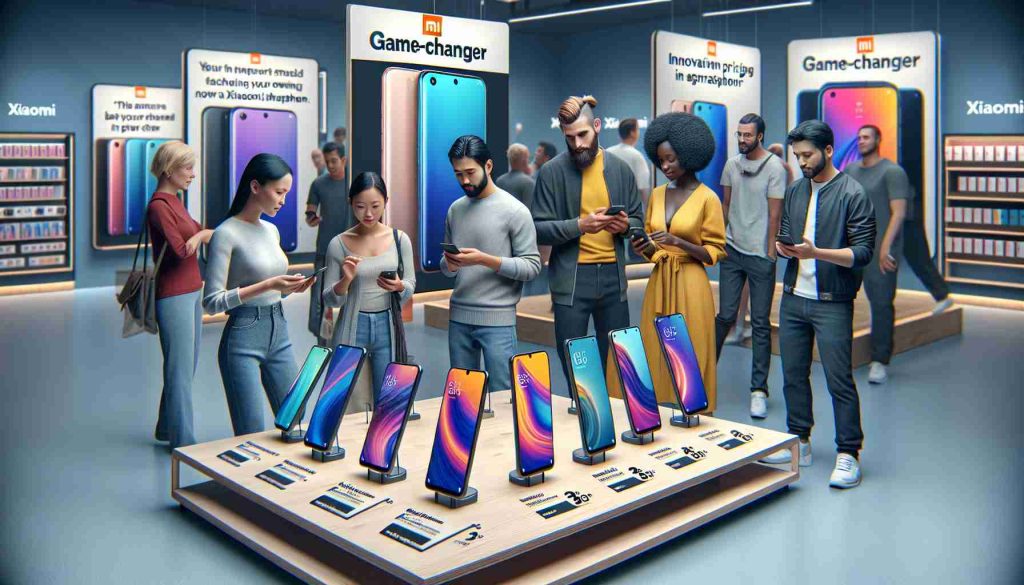To achieve the fastest smartphone charging possible, activate a specific function that can significantly expedite the process. Research conducted by experts has shown that enabling the “flight mode” mode can increase charging speed by up to 20%. This mode works by disabling all wireless connections, such as Wi-Fi, Bluetooth, GPS, and mobile networks, reducing battery consumption by 10%.
By activating “flight mode” during charging, your device can direct more energy to the battery, making the process more efficient and quicker. This function not only accelerates charging but also reduces battery heating, contributing to its longevity and stable performance in the long term.
Additional tips to enhance charging speed and extend battery lifespan include:
– Using only the original charger to recharge the device.
– Keeping the phone in a cool, dry place while charging.
– Avoiding the use of the device while it is charging.
By following these practices, you can ensure that your smartphone remains charged and ready for use even in the face of frequent power outages.
Maximizing Smartphone Charging Speed: Unveiling Lesser-Known Strategies
When it comes to charging your smartphone at lightning speed, there are a few additional tactics that can further optimize the process. While enabling flight mode certainly plays a significant role in accelerating charging, there are more aspects to consider in order to truly maximize your device’s charging speed.
What is the impact of using a high-powered charger on smartphone charging speed?
Using a high-powered charger, such as a charger with 18W or more, can notably boost the charging speed of your smartphone. These chargers deliver a higher wattage output compared to standard chargers, enabling your device to recharge at a faster rate.
Why does the length and quality of the charging cable matter?
The length and quality of the charging cable can affect charging speed. Opting for a shorter, high-quality cable can minimize energy loss during charging, resulting in a more efficient charging process. Additionally, using a frayed or damaged cable can impede charging speed and potentially pose a safety risk.
Is wireless charging as fast as wired charging?
While wireless charging offers convenience, it may not be as fast as wired charging. Wired charging typically delivers more power to the device compared to wireless charging, leading to quicker recharge times. However, advancements in wireless charging technology are continually improving charging speeds.
Advantages and Disadvantages
Advantages:
– Faster charging times ensure your smartphone is ready for use whenever you need it.
– Optimal charging practices can help prolong battery lifespan and maintain long-term battery health.
– Implementing various strategies to maximize charging speed can enhance overall user experience and convenience.
Disadvantages:
– Some high-powered chargers may be more expensive than standard chargers.
– Constantly fast charging your smartphone may lead to increased battery degradation over time.
– Using certain charging accessories incorrectly can potentially damage your device or pose safety hazards.
While there are multiple benefits to accelerating smartphone charging speed, it’s essential to strike a balance between speed and battery health to ensure long-term performance.
For additional information and insights on smartphone charging optimization, visit the TechSmartControl website, where you can explore a range of technological solutions and tips for maximizing your device’s charging capabilities.























